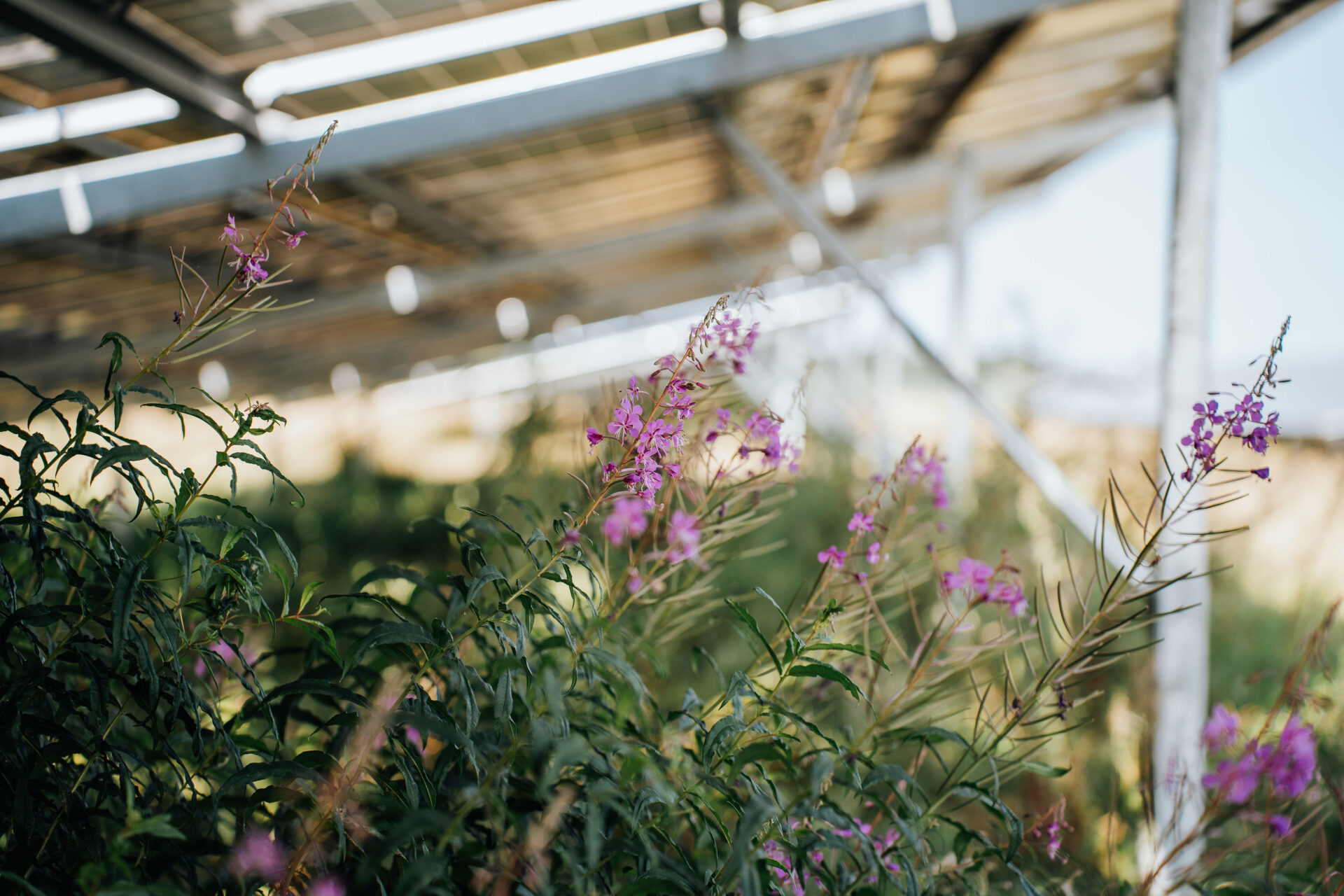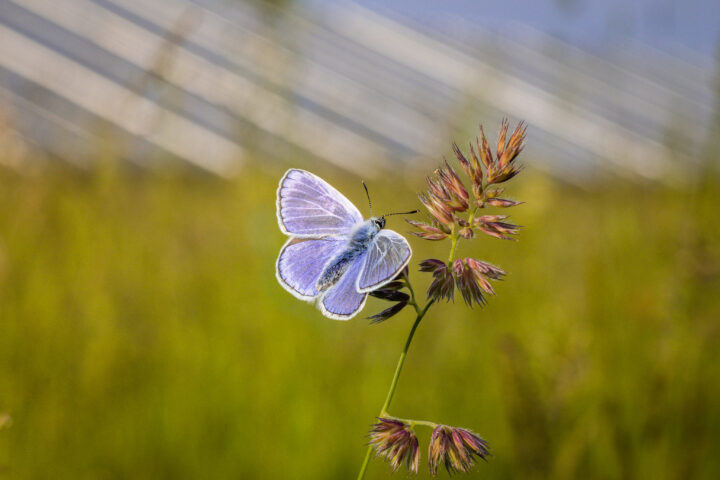An ornithological survey on MaxSolar's ground-mounted PV system in Bundorf in Lower Franconia, Bavaria, shows that solar parks can provide a habitat for skylarks.
Bundorf community solar park - an innovation project
In the centre of Germany, in Bundorf in Lower Franconia, MaxSolar has built one of the largest solar parks in Bavaria and the whole of Germany with a peak output of 125 megawatts. The project's holistic approach is particularly striking: during project planning, special emphasis was placed not only on community involvement, but also on environmental compatibility.
Special features of the project:
- Citizen participation: The citizens of Bundorf and the surrounding area benefit from the project in many ways. In addition to the construction of an emission-free district heating networkwere used for Expansion of regional electromobility also installed 12 new charging stations. In addition, citizens can also take advantage of a Energy co-operative actively participate in the project. Around 30 per cent of the ground-mounted PV system was financed by the cooperative.
- Measures to promote biodiversity: To promote biodiversity, the system was built with large row spacing between the rows of modules. Species-rich grassland is to develop on these sunny strips by sowing native seed mixtures with a high proportion of herbaceous species and appropriate maintenance. To ensure that small and medium-sized mammals have unhindered access to the PV park, the fence has a minimum clearance of 15 cm above the ground. Larger wild animals can pass through the site via a wildlife corridor. The greening with planting islands of native shrubs, hedges and fruit trees creates additional structures and habitats and further enhances the ecological value of the previously poorly structured agricultural areas.
You can find more details about the Bundorf solar park on the Project page of MaxSolar.

Monitoring shows: Solar park does not disturb breeding birds
The ornithological surveys from 2023 show that the number of skylark territories has increased significantly from 26 to 65 compared to the surveys before the construction of the plant, with recolonisation taking place immediately after construction.
"During the first inspection in April 2023, singing skylarks were already observed in the PV system, landing between the rows of modules after their singing flights." reports biologist Dr Schlumprecht, whose office for ecological studies carried out the monitoring.
The design of the PV system, in particular the width of the sunlit strip between the rows of modules, is crucial for colonisation densities and species diversity. A row spacing that allows for a sufficiently wide sunlit strip creates the conditions for the colonisation of thermophilic species, in particular the skylark and other ground nesting birds.
According to Dr Schlumprecht, other reasons for the high density of skylarks are probably the High raw soil content in the plant, which was created by the construction work, and the path running from north to south. Wildlife corridor in the plant, which provides a good feeding habitat for the birds.
Solar parks as new habitats for skylarks
The population of skylarks has been declining in Germany for decades. According to NABU more than one in four skylarks has disappeared from the breeding population - and the trend is rising. Since 1980, Europe as a whole has recorded a decline in populations of 50-90% in some cases.
As Cause for the population decline of the skylark is largely the reduction of their habitat seen. The increasingly intensive cultivation of agricultural land and the associated interventions, such as frequent mowing or the use of pesticides, are also causing a decline in insect food for the birds and their offspring.
The investigations in Bundorf have proven that the Construction of biodiversity-promoting solar parks as in Bundorf can counteract the loss of the species population and provide breeding and feeding habitat for ground nesting and other breeding birds.






